Molds separate into two sides at a parting line, the A side, and the B side, to permit the part to be extracted. Plastic resin enters the mold through a sprue in the A plate, branches out between the two sides through channels called runners, and enters each part cavity through one or more specialized gates. Inside each cavity, the resin flows around protrusions (called cores) and conforms to the cavity geometry to form the desired part. The amount of resin required to fill the sprue, runner and cavities of a mold is a shot. When a core shuts off against an opposing mold cavity or core, a hole results in the part. Air in the cavities when the mold closes escapes through very slight gaps between the plates and pins, into shallow plenums called vents. To permit removal of the part, its features must not overhang one another in the direction that the mold opens, unless parts of the mold are designed to move from between such overhangs when the mold opens (utilizing components called Lifters). Sides of the part that appear parallel with the direction of draw (the direction in which the core and cavity separate from each other) are typically angled slightly with (draft) to ease release of the part from the mold, and examination of most plastic household objects will reveal this. Parts with bucket-like features tend to shrink onto the cores that form them while cooling, and cling to those cores when the cavity is pulled away. The mold is usually designed so that the molded part reliably remains on the ejector (B) side of the mold when it opens, and draws the runner and the sprue out of the (A) side along with the parts. The part then falls freely when ejected from the (B) side. Tunnel gates tunnel sharply below the parting surface of the B side at the tip of each runner so that the gate is sheared off of the part when both are ejected. Ejector pins are the most popular method for removing the part from the B side core(s), but air ejection, and stripper plates can also be used depending on the application. Most ejection plates are found on the moving half of the tool, but they can be placed on the fixed half if spring loaded. For thermoplastics, coolant, usually water with corrosion inhibitors, circulates through passageways bored through the main plates on both sides of the mold to enable temperature control and rapid part solidification.
To ease maintenance and venting, cavities and cores are divided into pieces, called inserts, and subassemblies, also called inserts, blocks, or chase blocks. By substituting interchangeable inserts, one mold may make several variations of the same part.
More complex parts are formed using more complex molds. These may have sections called slides, that move into a cavity perpendicular to the draw direction, to form overhanging part features. Slides are then withdrawn to allow the part to be released when the mold opens. Slides are typically guided and retained between rails called gibs, and are moved when the mold opens and closes by angled rods called horn pins and locked in place by locking blocks, both of which move cross the mold from the opposite side.
Some molds allow previously molded parts to be reinserted to allow a new plastic layer to form around the first part. This is often referred to as overmolding. This system can allow for production of one-piece tires and wheels.
2-shot or multi shot molds are designed to "overmold" within a single molding cycle and must be processed on specialized injection molding machines with two or more injection units. This can be achieved by having pairs of identical cores and pairs of different cavities within the mold. After injection of the first material, the component is rotated on the core from the one cavity to another. The second cavity differs from the first in that the detail for the second material is included. The second material is then injected into the additional cavity detail before the completed part is ejected from the mold. Common applications include "soft-grip" toothbrushes and freelander grab handles.
The core and cavity, along with injection and cooling hoses form the mold tool. While large tools are very heavy weighing hundreds and sometimes thousands of pounds, they usually require the use of a forklift or overhead crane, they can be hoisted into molding machines for production and removed when molding is complete or the tool needs repairing.
A mold can produce several copies of the same parts in a single "shot". The number of "impressions" in the mold of that part is often incorrectly referred to as cavitation. A tool with one impression will often be called a single cavity (impression) tool. A mold with 2 or more cavities of the same parts will likely be referred to as multiple cavity tooling. Some extremely high production volume molds (like those for bottle caps) can have over 128 cavities.
In some cases multiple cavity tooling will mold a series of different parts in the same tool. Some toolmakers call these molds family molds as all the parts are not the same but often part of a family of parts (to be used in the same product for example).
china mold builder
china plastic injection mold designing and making
We are designers and moldmakers for plastic and rubber industry in China. Located in Changan ,dong guan ,we are able to make your mold project and also injection on our factory. If you have any idea on a project please contact us. We have good solutions and nice prices. For contact please mail me: orientmold@gmail.com. I will be very pleased to help you.
Blog Archive
-
▼
2008
(79)
-
▼
November
(38)
- 家樂福採購談判技巧
- 各种化妆品英文名
- 广交会使用频率最高的谈判英语
- 货物包装
- 世界各国对进口商品包装的规定
- 《Change Has Come To America》
- 怎样将“谢谢”说得多姿多
- 中国十大批发市场排名
- 外贸英语900句
- 三千年来振奋过中国人的标语口号
- Motto of success from Harvard (consecutive issue)
- 英语中个性迥异形形色色的“人”
- 《日本,听我对你说》
- [转帖]个大学教授让人发冷汗的讲演(绝对精采:中国人对中国人的灵魂解剖)
- 转帖]中国语言、思维与法律
- 转帖]汉语思维速度快
- 业务员生存手册(
- 世界是平的:未来营销的五大趋势,大家一起.
- 眼中的美英日客户
- 到底谁在抛弃中国?
- plastic injection molds knowledge
- 模具常用术语中英文对照表
- 制模术语
- 模具进度的英文专业术语
- 模具行业术语
- 模具分类
- 塑膠模具設計經驗之談
- 广东注塑模具术语
- 工程塑料小知识
- 注塑模具交付前的检验项目
- 生气时说的英语
- 英语口语要素
- 商务英语300句
- 商务英语300句
- 日本企业名录网站
- 展览会上与老外英语沟通的小技巧
- 国内模具类网站
- 中国模具制造行业百强企业
-
▼
November
(38)
About Me
Labels
- english (11)
- SEO (9)
- 英语 (9)
- 模具术语 (6)
- 模具用语 (6)
- 模具技术 (5)
- mold english (4)
- 外贸技巧 (4)
- 商务 (3)
- 国语 (3)
- 时事 (3)
- 模具 (3)
- mold (2)
- mouldglossary (2)
- 冲压模具用语 (2)
- 模具商务 (2)
- 模具行情 (2)
- 模具零件 (2)
- mold business (1)
- mold language (1)
- mold structure (1)
- മmold language (1)
- മൌല്ദ് mold manufacturer (1)
- 励志 (1)
- 塑胶原料 (1)
- 外贸搜索 (1)
- 外贸营销 (1)
- 模具刀具 (1)
- 模具加工 (1)
- 模具日语 (1)
- 模具材料 (1)
- 模具英语 (1)
- 模具设计 (1)
- 模具钢材 (1)
- 注塑 (1)
- 注塑原料 (1)
- 注塑材料 (1)
- 注塑模具用语 (1)
- 营销 (1)
- 铸造模 (1)
- 铸造模具 (1)
home appliance mould
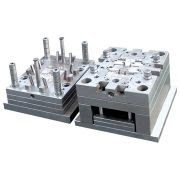
precision plastic mould

receiver box mold
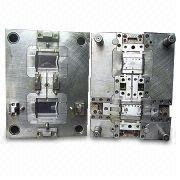
electronic mould
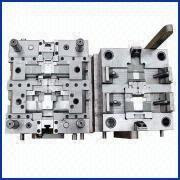
Followers
daily goods mold

hand tool mold
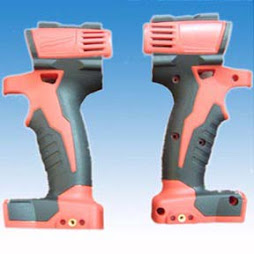
cleaner piper mould
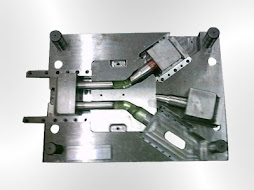
OEM molding

plastic molding part
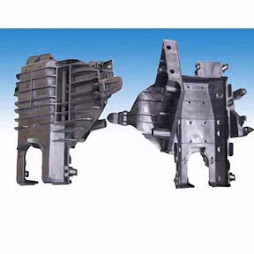
du material mould
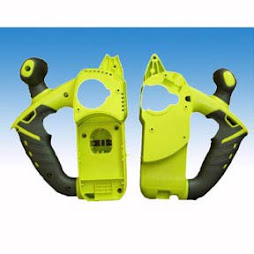
double injection mold
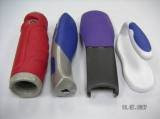
cup mold
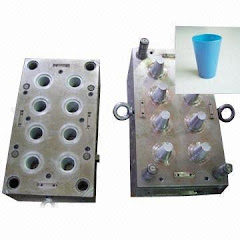
connector mold
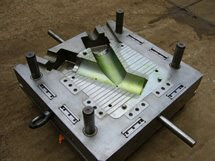
cap mold
AP plastic mould
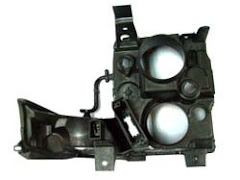
big mould

auto mould
